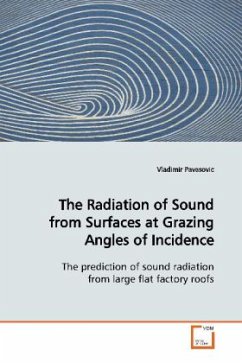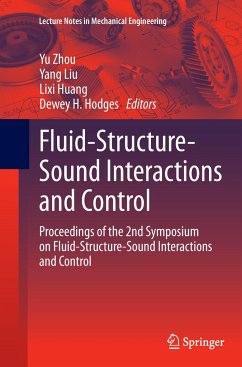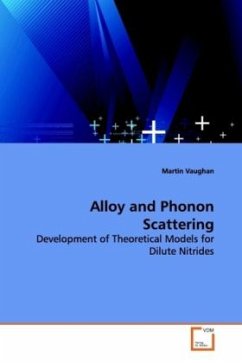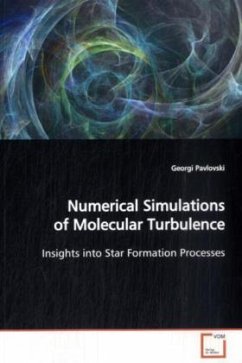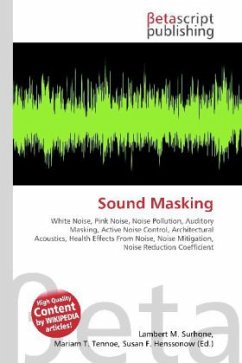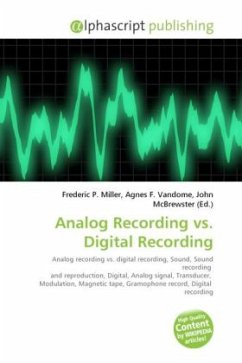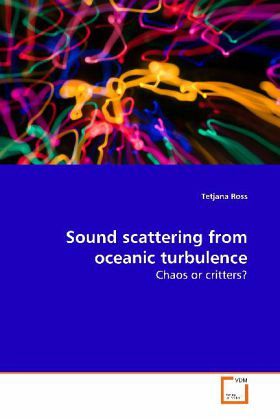
Sound scattering from oceanic turbulence
Chaos or critters?
Versandkostenfrei!
Versandfertig in 6-10 Tagen
32,99 €
inkl. MwSt.

PAYBACK Punkte
16 °P sammeln!
Despite relatively long-standing theoretical modelsfor sound scattering from oceanic turbulence, manyoceanographers continue to deny its existence.Following my dissertation work, it can no longer bedenied. Herein is the first data that unambiguouslycorrelates strong acoustic scatter with turbulenttemperature fluctuations in the ocean. An importantconsequence of this work is that, at least under somecircumstances, it is possible to invert acoustic datato measure turbulent dissipation rates a first stepto remotely sensing turbulent mixing. Anotherconsequence of this is that turbulent scatter can...
Despite relatively long-standing theoretical models
for sound scattering from oceanic turbulence, many
oceanographers continue to deny its existence.
Following my dissertation work, it can no longer be
denied. Herein is the first data that unambiguously
correlates strong acoustic scatter with turbulent
temperature fluctuations in the ocean. An important
consequence of this work is that, at least under some
circumstances, it is possible to invert acoustic data
to measure turbulent dissipation rates a first step
to remotely sensing turbulent mixing. Another
consequence of this is that turbulent scatter can be
strong enough that acoustic surveys done in turbulent
areas (such as the biologically productive ocean
surface mixing layer) could be overestimating
plankton stocks by as much as an order of magnitude.
In spite of the potential for confounding the
scattering from turbulence with that from
zooplankton, zooplankton and turbulence can be
observed simultaneously with a single sounder. The
different natures of the two targets, discrete animal
targets versus volume scattering for turbulence,
allow them to be distinguished. The key is sampling
the same targets at multiple ranges.
for sound scattering from oceanic turbulence, many
oceanographers continue to deny its existence.
Following my dissertation work, it can no longer be
denied. Herein is the first data that unambiguously
correlates strong acoustic scatter with turbulent
temperature fluctuations in the ocean. An important
consequence of this work is that, at least under some
circumstances, it is possible to invert acoustic data
to measure turbulent dissipation rates a first step
to remotely sensing turbulent mixing. Another
consequence of this is that turbulent scatter can be
strong enough that acoustic surveys done in turbulent
areas (such as the biologically productive ocean
surface mixing layer) could be overestimating
plankton stocks by as much as an order of magnitude.
In spite of the potential for confounding the
scattering from turbulence with that from
zooplankton, zooplankton and turbulence can be
observed simultaneously with a single sounder. The
different natures of the two targets, discrete animal
targets versus volume scattering for turbulence,
allow them to be distinguished. The key is sampling
the same targets at multiple ranges.



